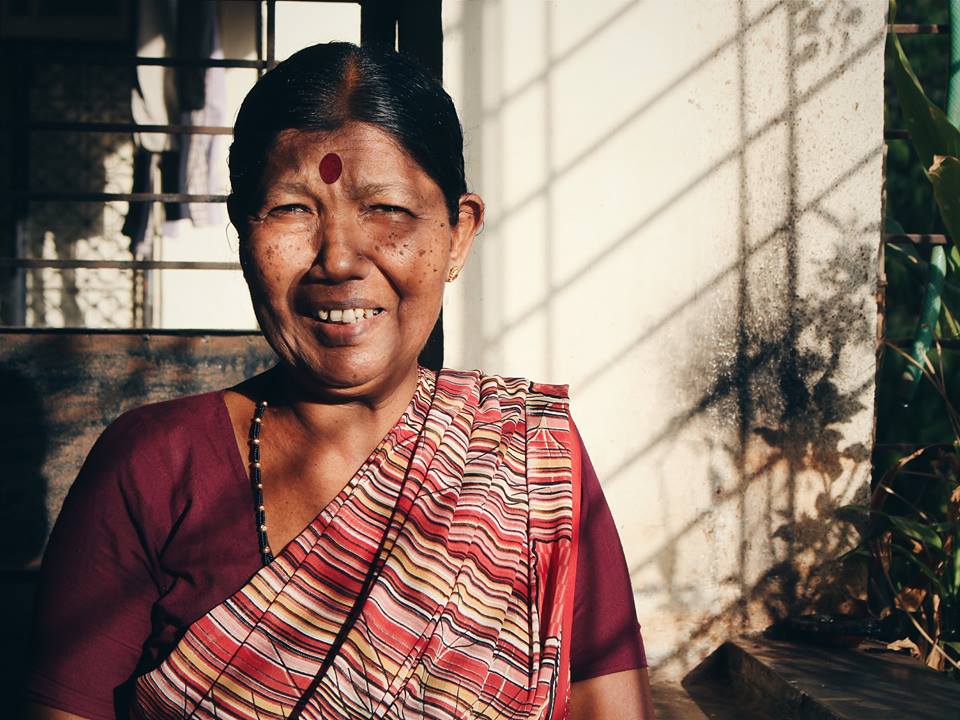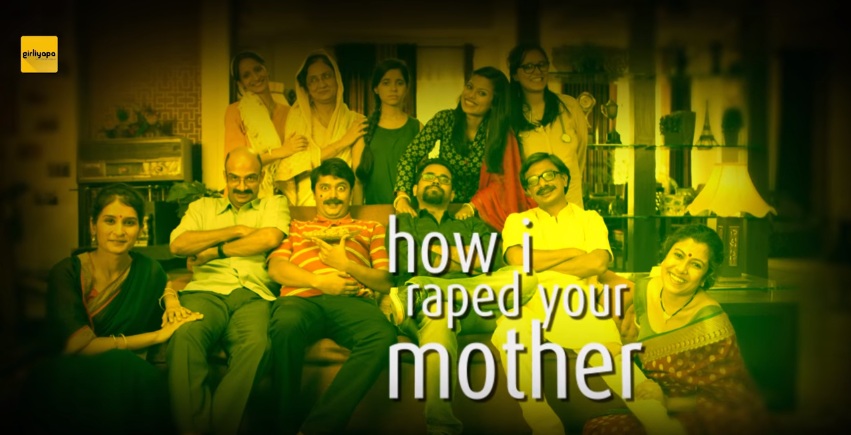Menstruation is something which a girl is blessed with. One should not call it impure and create myths. These beliefs are being considered as rituals in many Indian families which is totally unjustified by the scientific world. When the world is happy and celebrating about the bud which is blossoming, there are several reasons few Indians have for the old beliefs which they call it as a tradition.
Every menstruation myth has specific and genuine reason, I would rather call it helplessness of the old days, which was continued for years and converted into rituals and myths. Today life is way better than the old days when people had to compromise on everything they lived. So why not eradicate those myths which were created by us to sustain in the society?
Let’s take some of menstruation myths followed by Indians in certain sections of the country:
Myth#1. Women in her period should not cook.
Vulnerability: In the past, sanitary napkins did not exist, women had to use pieces of clothes which were repeatedly washed and soaked. The chances of stains on clothes were high. Imagine yourself leaking while you are preparing food. Hence they were not allowed to cook. It is still being carried forward in many household still.
Myth#2. Women in her period should live in a separate room.
Vulnerability: In those days, women had to work hard in the fields, lift heavy weights and do all the household work manually. As any womon can tell you, when you carry heavy weights, the blood flow increases, making women weak and anemic. To avoid such situations, they were asked to take rest in a separate room for at least three days.
Myth #3. Women are not supposed to shower for three days.
Vulnerability: Though gross thing to do but there was no option left. Back before there was no plumbing and personal wells, people used to take bath in common reservoirs. There’s no point of women entering the water body at least for 3 days, so she was given her own small water supply to wash her cycle at the end of her period before she resumes reservoir bathing. They did not use this idea each day because there was no drainage system. So people selected the first option.

Myth #4. Women are not supposed to enter holy places.
Vulnerability: Back in the old days, the sanitation system was not that good. According to the Hindu religion, one has to be neat and clean before entering the temple and as we discussed it was a great deal about women’s hygiene.
Myth #5. Women in period are supposed to sleep on the floor.
Vulnerability: As it was said in our previous points that due to lack of proper availability of water and sanitation, hygiene was less experienced. Sleeping on bed or cot may stain the mattresses and therefore women in periods were advised to sleep on floor.

Myth #6. Women in periods should not touch anyone at least for 3 days.
Vulnerability: This myth is also connected to the olden days’ reality of not being able to adapt hygienic conditions due to lack of water and sanitation. Women used cloth during the period and chances of stain were high and this was the reason she was secluded for every small reason.
All these vulnerabilities were back in the old days when there was no proper drainage system, science had not completely bloomed and also some of the great inventions like sanitary pads and tampons were not made. To manage all the compulsions, people adapted these menstrual myths, gave it a religious mode and thus created a bigger myth. The reasoning in the past made total sense and was not meant to be cruel or sexist. However, as the world evolved and technology improved, as is often the case with a lot of Indian traditions, their proceedings did not change and got perverse into something pretty horrible with no one understanding why it was originated.

Though there are many other menstrual myths for which the origins are difficult to determine, but the above are the major hindrance for Indian women.
I am sure every Indian woman has reached the point of someone moving over those instructions on ‘You should not do…’ myths. So why not tell reality to the world?



